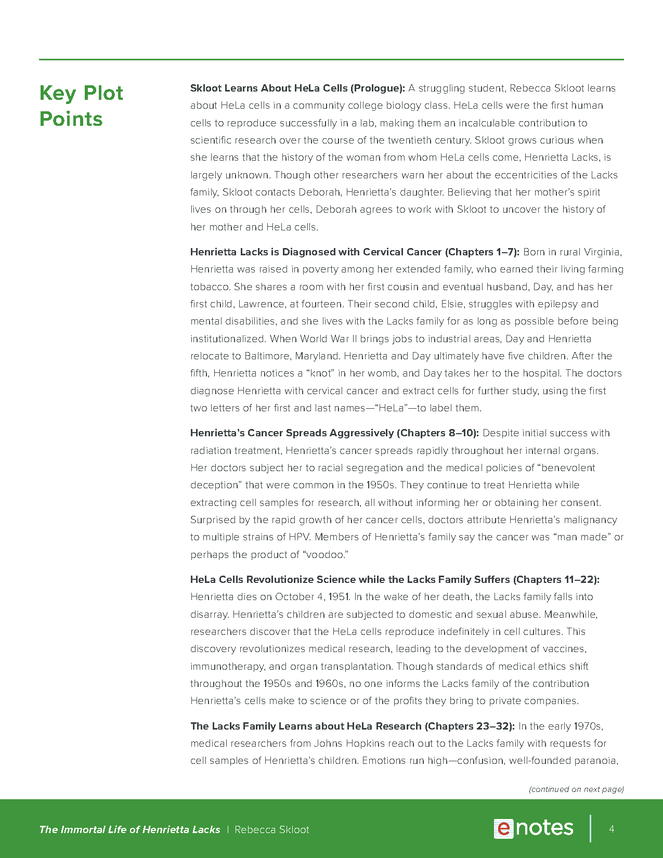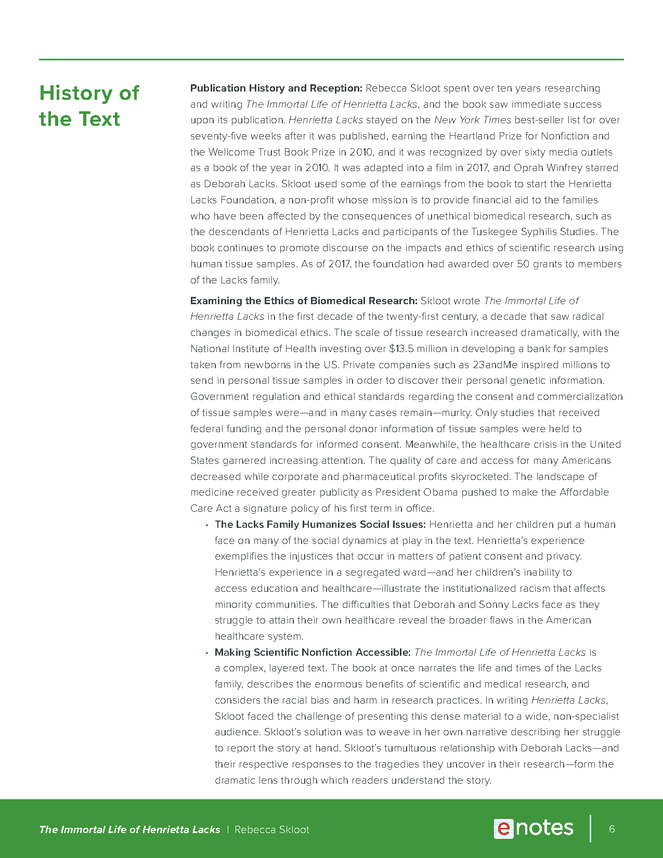

Scientists at the Tuskegee Institute built a factory to reproduce HeLa cells, allowing Salk to successfully test the vaccine, which in the last 60 years has effectively eliminated polio in most of the countries of the world. Not only were these cells more susceptible to the virus than the cells scientists previously used, the fast-growing cells were nearly impossible to kill. No such cells existed until researchers found HeLa cells. Ideally, the best cells for testing would be susceptible to infection by the poliovirus, but wouldn’t be killed by it.

But monkeys and their cells were expensive, especially considering that testing the vaccine actually killed the cells in the process. Ordinarily, Salk would have tested the vaccine on cells from monkeys. In the early 1950s, Jonas Salk had already figured out how the vaccine worked the problem was testing it. HeLa cells helped make the vaccine available sooner. Eradicating polioĪt the time of Lacks’s death, polio was one of the world’s most devastating viral diseases. And in 1996, he was proven right, when scientists found telomerase in human embryos - which is what allows them to grow so rapidly until birth, when human bodies stop making it. Morin hypothesized that this enzyme, found in cancer cells, was also how embryonic cells were able to rapidly divide at the beginning of life. Then, in 1989, Yale scientist Gregg Morin used HeLa cells to isolate the same enzyme in human cells for the first time. In the 1980s, it was discovered that some animal embryos had an enzyme called telomerase, which protects chromosomes from degrading, allowing the cells to keep actively dividing.

Exclusive analysis of biotech, pharma, and the life sciences Learn More


 0 kommentar(er)
0 kommentar(er)
